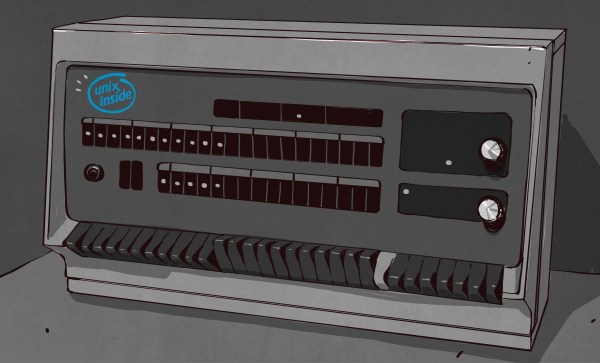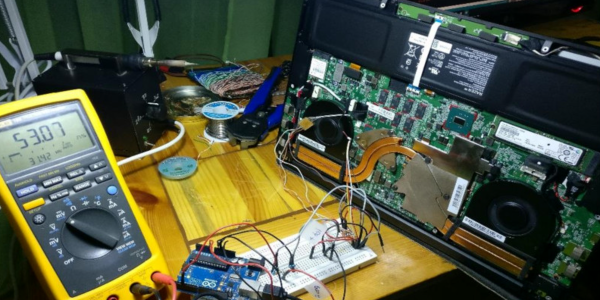[Dan Kitchen] has a great solution for making servos easy to hack.
Every hacker has a drawer full of servo’s somewhere. Just about every project that uses them starts off by measuring the spacing and designing some obscure bracket to meet that unique motor’s size. However, what if you could use common wood screws and hand tools to use them right away?
[Dan]’s solution is to make a case from recycled HDPE lumber, the same sort of material you might buy for a deck. This material is sandable, carvable, and can be drilled into. The case encapsulates the servo motor completely. One side has a freewheeling wooden disk and the other side’s disk is attached to the motor. Now when you need motion you can work with the servo as if it were just a block of wood. Very cool.
[Dan] appears to be moving to make this a commercial product and we can see why. Though we see no reason why an enterprising hacker or hackerspace couldn’t come up with their own variations on this great idea.







![Ken Thompson and Dennis Ritchie at a PDP-11. Peter Hamer [CC BY-SA 2.0]](https://hackaday.com/wp-content/uploads/2019/10/1279px-Ken_Thompson_sitting_and_Dennis_Ritchie_at_PDP-11_2876612463.jpg?w=400)












